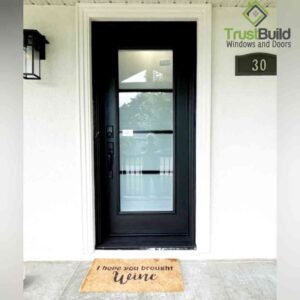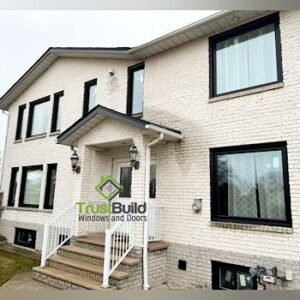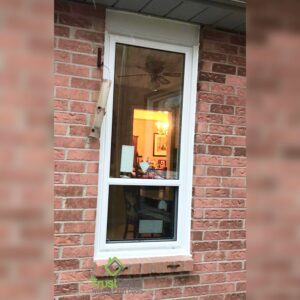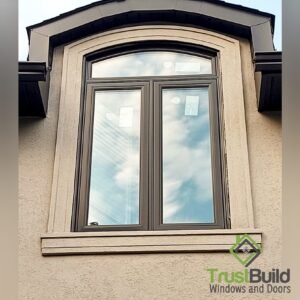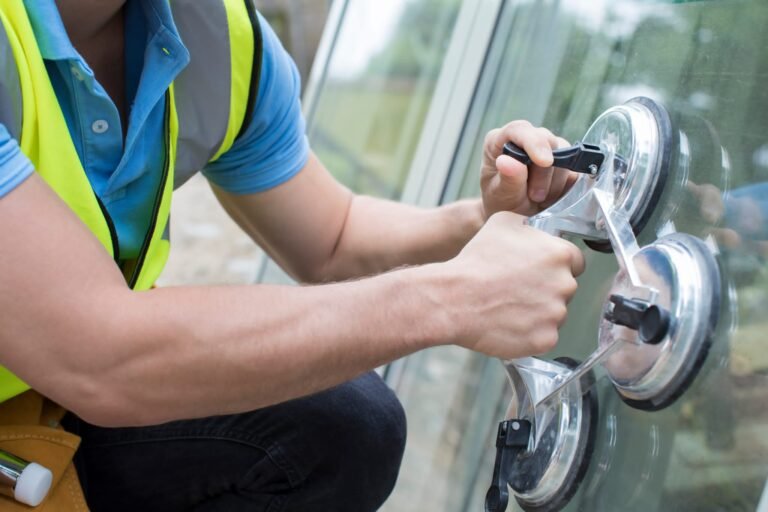
INTRODUCTION
While we all want our house to be properly insulated during the summer from the blazing sun and attract maximum heat during winter to help increase the inside temperature, there aren’t many solutions available.
You can either go with a proper house insulation which is very expensive or maybe you can spend an extra grand on solid construction. Still, your house’s thermal conductance would be one-dimensional, meaning you are either attract heat or repel heat with no in-between. For this reason, glass is used in house windows and ceilings to reap the benefits from any weather conditions.
Likewise, house windows were tinted to enhance the performance. Yes, they were good in the past but not anymore due to much more advanced procedures like LowE. Low-E stands for low emissivity which is energy efficient glass solution in which natural heat is used for heating in winters by absorbing the maximum amount of UV and Infrared radiations whereas reflecting everything inside the house causing a Greenhouse effect.
Hot Sun? Cool Windows
As the temperature from outside is increasing, the ordinary windows welcome the piercing heat but LowE efficiently rejects that heat and keeps the house cool due to the gas between its double layers. It can reduce the heat gain by almost 50% than ordinary glass and hence provide better solar heat control and visual clarity.
Fridgid Outside, cozy Inside.
During the winter, these glass performs oppositely. They are exposed to gather more sunlight while they provide complete insulation of heat present inside the room. Therefore, the room’s temperature is regulated to get maximum comfort in any harsh environment. Generally, these glasses can provide insulation for up to 52 F, which is the most comfortable level. Higher than this may cause discomfort so you can choose the glass type based on your preference.
COMPARISON
Not you might be having a question in your mind, which glass type should I opt for? As there are many options available in the market right now. Generally, we have three major types, LowE 180, LowE 272, and LowE 366. Their performance differ according to the type of application and usage. They are explained below:
LowE-180
As we know that emissivity is the ability to irradiate energy. We do the coating on the glass to increase the reflection of heat and infrared radiations. In LowE-180, we use a double pane filled with argon for carrying our purpose. The U-factor is 0.26 whereas the SHGC factor is 0.69. This coating is very suitable for passive applications and is the better candidate for active gain solar heating of the houses. This coating complies with the North-US Energy Star as well.
 Due to high solar gain with excellent insulation for achieving the highest ER value of double-pane, it also is coordinated with the Canadian window rating program. This type of glass is suitable for general purpose use with a lower initial cost. Maintenance is also minimal whereas, for some applications with low resistivity requirements, it better serves the purpose.
Due to high solar gain with excellent insulation for achieving the highest ER value of double-pane, it also is coordinated with the Canadian window rating program. This type of glass is suitable for general purpose use with a lower initial cost. Maintenance is also minimal whereas, for some applications with low resistivity requirements, it better serves the purpose.
LowE-272
The second option coming at better emissivity and thermal conductance than LowE-180 is the LowE-272. It can provide year-round comfort due to better thermal properties. It is better in sun heat and UV radiation reflection. At the intermediate level, it gives better performance and visual clarity by reducing the window gain by almost 50% as compared to the ordinary glass. It is 25% more efficient than LowE and tinted glass.
 LowE-272 is perfect for domestic and industrial usage. It comes in all shapes, sizes, and thicknesses as per the requirements. It is post temperature and has the option of custom configuration as well. As indicated, it is a bit more expensive than LowE-180 but covers its cost by providing better performance in terms of practical usage.
LowE-272 is perfect for domestic and industrial usage. It comes in all shapes, sizes, and thicknesses as per the requirements. It is post temperature and has the option of custom configuration as well. As indicated, it is a bit more expensive than LowE-180 but covers its cost by providing better performance in terms of practical usage.
LowE-366
The best of the lot is LowE-366 which also provides year-round comfort for any purpose usage. It provides ultimate high performance by blocking 95% of the solar, UV, and infrared radiations. Generally, this is coupled with double pane argon with the U-factor of 0.20 and 0.23 without argon.
 It is expensive and often used in the cooperate sector for better performance. The glass is strong for which it can also resist strong impacts and earthquakes. Most luxury modern car windows also use Low-E 366.
It is expensive and often used in the cooperate sector for better performance. The glass is strong for which it can also resist strong impacts and earthquakes. Most luxury modern car windows also use Low-E 366.
Now, this all information might be confusing for you. For this purpose you can have a look at the table below:
GLASS COMBINATION | ER VALUE | VISIBLE LIGHT (%) | SHGC | U-FACTOR | R-VALUE | FADING TRANSMISSION (%) |
366/Argon/CLR/Argon/180 | 34 | 57 | 0.25 | 0.16 | 6.13 | 36 |
180/Argon/CLR/Argon/180 | 51 | 69 | 0.56 | 0.20 | 5.00 | 50 |
366/Argon/CLR/Argon/CLR | 24 | 65 | 0.25 | 0.24 | 4.10 | 39 |
180/Argon/CLR/Argon/CLR | 44 | 73 | 0.61 | 0.25 | 4.02 | 57 |
This gives the performance indication about your usage requirements. To make it more simple, if you want to make your house, shop, garage, etc heat efficient at a low price, then LowE-180 is a better choice. For the same applications, if you want to enhance the performance by spending a little extra, then LowE-272 would serve the purpose. Last LowE-366 is perfect for your shopping mall, restaurants, hotels, offices and other cooperate buildings to provide best performance round the year.
WRAPPING IT UP
LowE is a great discovery for improvement in heat insulation. It can potentially help save energy by utilizing the energy in a better way. As we know, the energy demand is increasing nowadays, and this situation is even more precarious in the extreme temperature regions. To meet this ever-increasing energy demand, we tend to rely heavily on non-renewable energy sources like coal, oil, and natural gas. Although this helps for the time being but in the longer run, it can cause major environmental hazards like global warming and ozone layer depletion due to harmful gases and radioactive wastes.
Therefore, LowE is the step towards greener Earth as we are better utilizing the energy and using the natural raw and unprocessed energy for our benefit. Isn’t it awesome?

